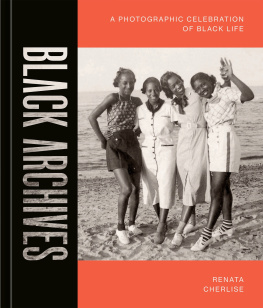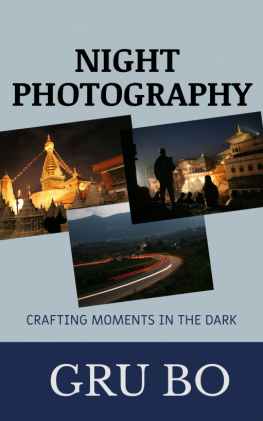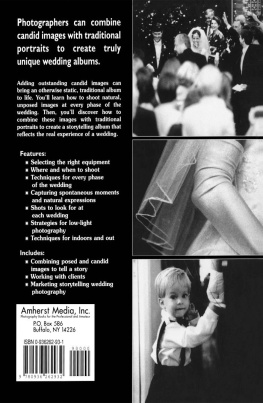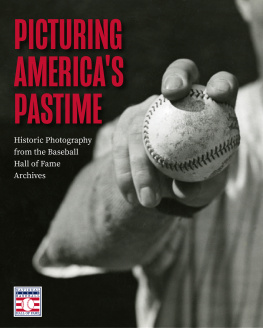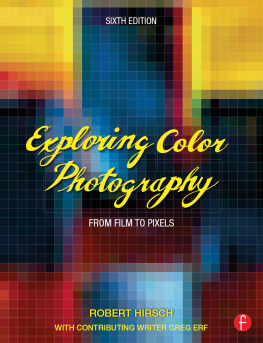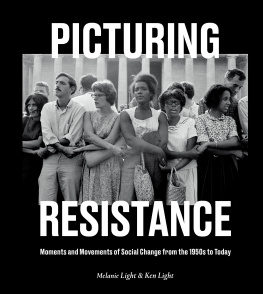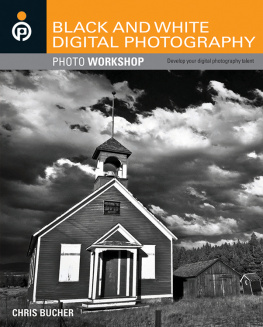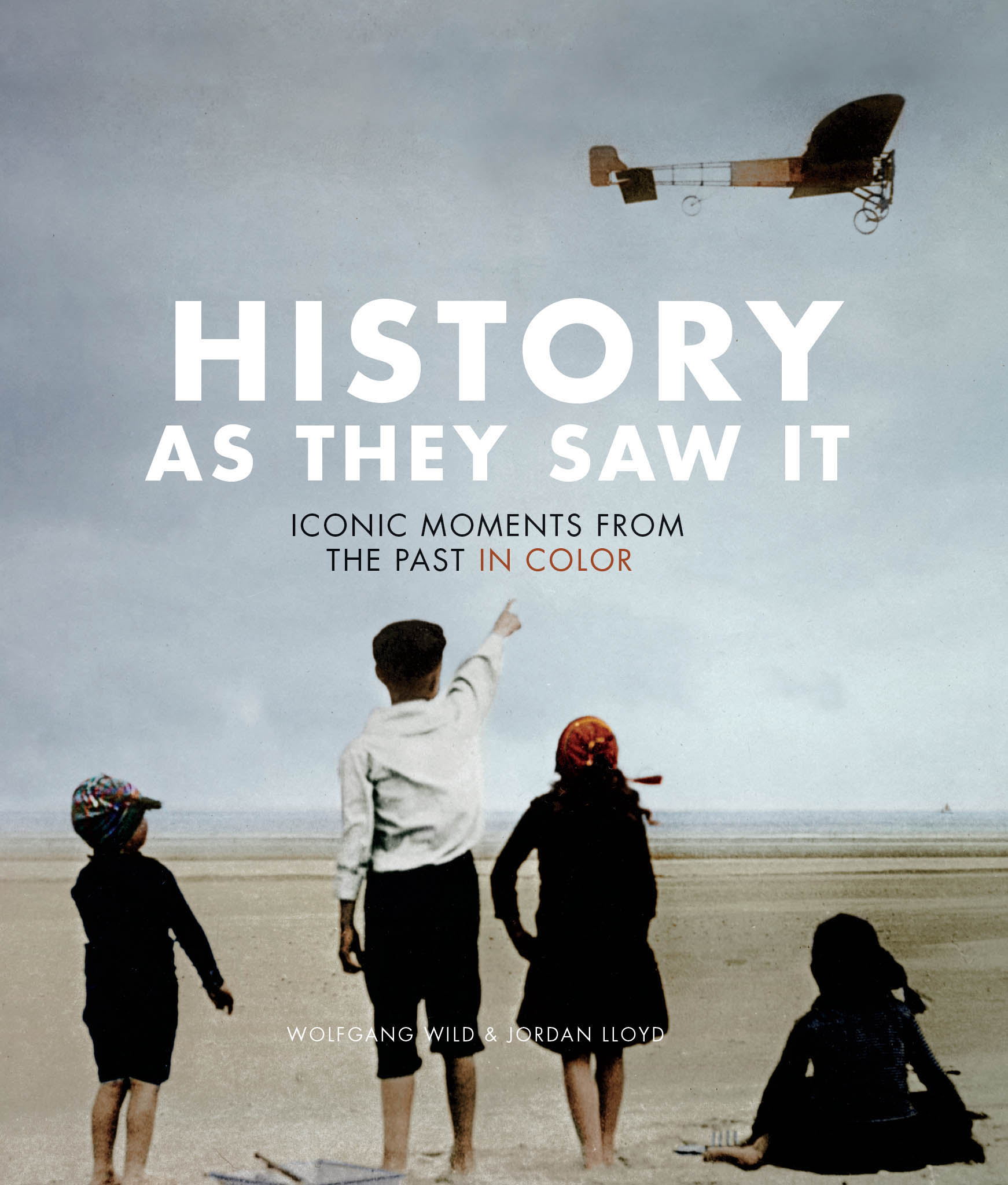

Wolfgang:
This book is dedicated to Charles Shaar Murray, David Jones and Bodger. Charles Shaar Murray introduced me to David, David introduced me to myself, and Bodger stuck around for the ride. Real cool traders.
Jordan:
To Gloria and Paul, who have given me the opportunity to follow the rabbit hole into Wonderland.
First published in the United States in 2018 by Chronicle Books LLC.
First published in the United Kingdom in 2017 by Unbound.
Copyright 2018 by Wolfgang Wild and Jordan Lloyd.
All rights reserved. No part of this book may be reproduced in any form without written permission from the publisher.
ISBN 978-1-4521-6950-7 (hc)
ISBN 978-1-4521-6984-2 (epub, mobi)
Art director: Tina Smith
Designed by: Johnathan Montelongo
Chronicle books and gifts are available at special quantity discounts to corporations, professional associations, literacy programs, and other organizations. For details and discount information, please contact our corporate/premiums department at or at 1-800-759-0190.
Chronicle Books LLC
680 Second Street
San Francisco, California 94107
www.chroniclebooks.com
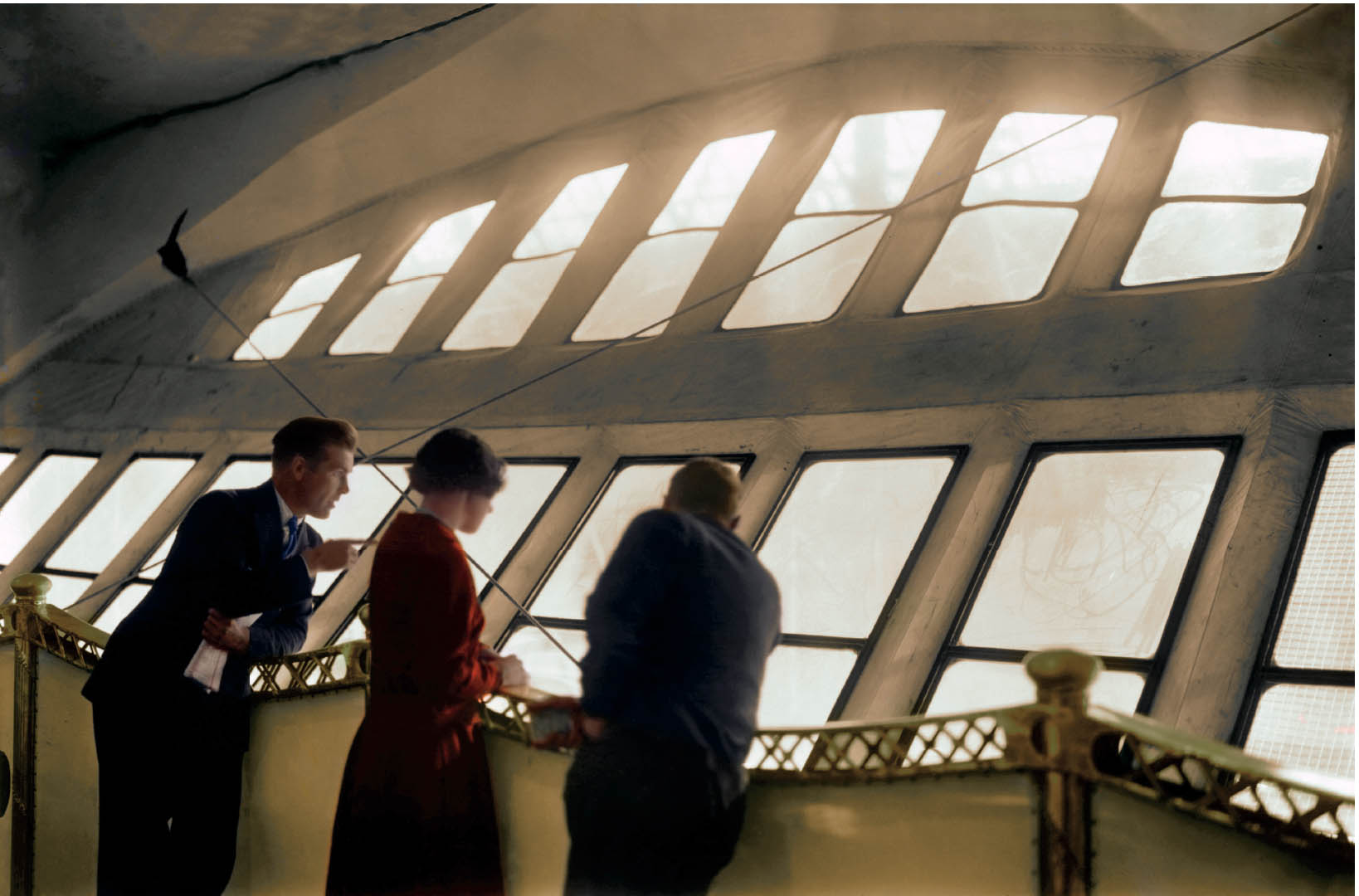
Contents



The Broadway crowds proved that my rapid-fire picture machine was a gold mine
Anatol Josepho, Modern Mechanics, November 1928


The soldiers long term of service, and the restrictions upon his marriage, act as a direct encouragement to drunkenness and debauchery
The British Army in 1868, Sir Charles E. Trevelyan


Dear Reader,
The book you are holding came about in a rather different way to most others. It was funded directly by readers through a new website: Unbound. Unbound is the creation of three writers. We started the company because we believed there had to be a better deal for both writers and readers. On the Unbound website, authors share the ideas for the books they want to write directly with readers. If enough of you support the book by pledging for it in advance, we produce a beautifully bound special subscribers edition and distribute a regular edition and e-book wherever books are sold, in shops and online.
This new way of publishing is actually a very old idea (Samuel Johnson funded his dictionary this way). Were just using the internet to build each writer a network of patrons. Here, at the back of this book, youll find the names of all the people who made it happen.
Publishing in this way means readers are no longer just passive consumers of the books they buy, and authors are free to write the books they really want. They get a much fairer return too half the profits their books generate, rather than a tiny percentage of the cover price.
If youre not yet a subscriber, we hope that youll want to join our publishing revolution and have your name listed in one of our books in the future. To get you started, here is a 5 discount on your first pledge. Just visit unbound.com , make your pledge and type TIMEMACHINE in the promo code box when you check out.
Thank you for your support,

Dan, Justin and John
Founders, Unbound
Step into the time machine
For many of us, the past was in black and white.
Logically, of course, we know that wasnt the case, just as we know that the people we see walking very fast in films at the turn of the twentieth century didnt actually walk as if speeded-up. But still, when we see an old black-and-white photograph, it tends to fit with the way we think the past was.
One reason for this is that weve all seen so many black-and-white pictures online and also in the albums and shoeboxes of our family collections. We assume, perhaps subconsciously, that what we are looking at is the past, rather than simply a photographic impression of the past. The older a photograph is, the more likely it is to be in black and white and, also, the more likely it is to be small, faded, scratched, even torn. The photographic record of the past often has those qualities, but we map those qualities onto the past itself.
But were wrong. The past wasnt small, faded, scratched, torn or in black and white. It was as the never-ending now always is big, clear, sharp, complete and saturated in color. The past and the present were the same, are the same, and what has changed is not the nature of the present moment, but rather the technical recording capabilities of our cameras.
Ever since I can remember, the idea of going back in time has captivated me. In 2010, I started Retronaut to share the archive photographs I had discovered that, for me, disrupted the way I imagined the past. When I saw a picture like this, it tore a hole in my internal map of time. My mind did a double take: a sort of temporal vertigo, if you like. This experience, this Retronautic hit, was the closest I could get to fulfilling my childhood dream of travelling back in time.
One of the most powerful ways a photograph could disrupt my idea of the past was for it to be in color. A handful of inventors had experimented with color in the late 1800s and, in 1907, the Lumire brothers brought the first commercial photographic process to the market: the Autochrome. Even so, color photography remained very much the exception before the Second World War. The number of glimpses we have into the color of the past is tantalizingly few.
In June 2015, I saw the colorization work of Jordan J. Lloyd. Since starting Retronaut, I had seen many examples of photo colorization photographs that were originally monochrome, which had color added to them digitally. The process is incredibly painstaking yet, in nearly every instance, these colorized photographs left me cold. One element or another of the color would just feel ever so slightly off, and the illusion would be over before it had begun.
In Jordans work, however, I encountered something curious or, rather, two things. The first was that, in many of Jordans pieces, I simply couldnt tell whether I was looking at an original color photograph or a colorized image, so well-executed were the results.
Next page

